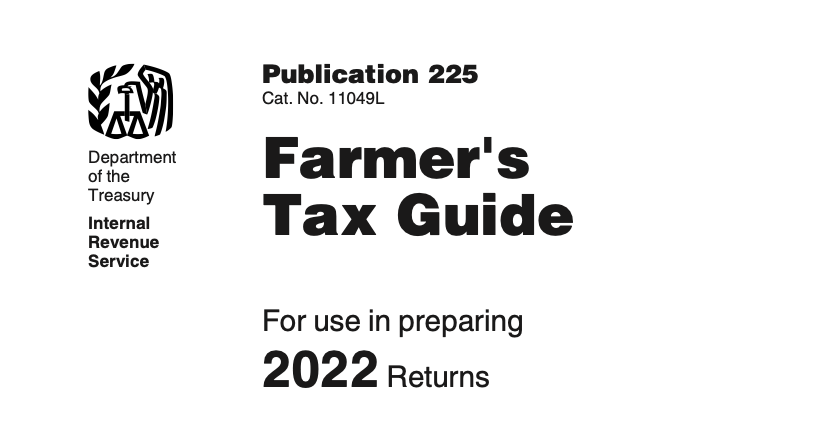The following information is for educational purposes. Each situation is unique, and it is strongly encouraged to utilize tax and legal professionals about this topic and others.
Income Averaging is a tax management tool that can be used by many farmers and commercial fishermen. It has been underutilized for some time but can provide benefits in many cases by reducing tax liability, depending on the facts and circumstances of the taxpayer. Income Averaging can also be used for capital gains, benefiting dairy and beef cow/calf producers who regularly cull their raised breeding livestock.
The name of the tax management strategy is a bit misleading; it is not a true averaging of a farm’s income but allows for the utilization of potential unused lower-income tax brackets found within the three previous tax base years. Income Averaging uses the 1040F, Schedule J. Not all income can utilize this method, so the first thing that must be determined is which income is eligible to be averaged. This is known as electable income. Once the electable income is determined, you must specify the amount of income to be elected. The elected income then must be divided by three, and that value applied to each of the three base years.
Utilizing Income Averaging, Schedule J does not affect the amount of income subject to income taxes owed. Furthermore, it does not affect Self-Employed Tax (Social Security, Medicare, etc.).
The chart below illustrates the following example. In this example, the Eli Willy Ranch, Eli is married and files a joint return. In 2019, Eli had a farm income of $72,000, in 2020 income of $65,000, in 2021 income of $70,000, and 2022 income of $110,000. Eli’s 2022 Federal Tax liability would be $15,405, not including Self-Employment Tax. But using the Income Averaging option, Eli’s Federal Tax liability would be $9,160, a savings of $6,250.

In many cases, even if the use of Income Averaging does not create tax liability savings, it may be advantageous to utilize Income Averaging to create a “hole” in the current tax year so that it can be used in future years with the hopes of higher income.
Please work with a trusted tax and or legal advisor about whether your situation can gain an advantage using Income Averaging.
For additional farm tax publications and information, please visit ruraltax.org and IRS Publication 225, the Farmer’s Tax Guide.

Author: Dr. Adam Kantrovich
Extension Specialist, Clemson University.
akantro@clemson.edu

